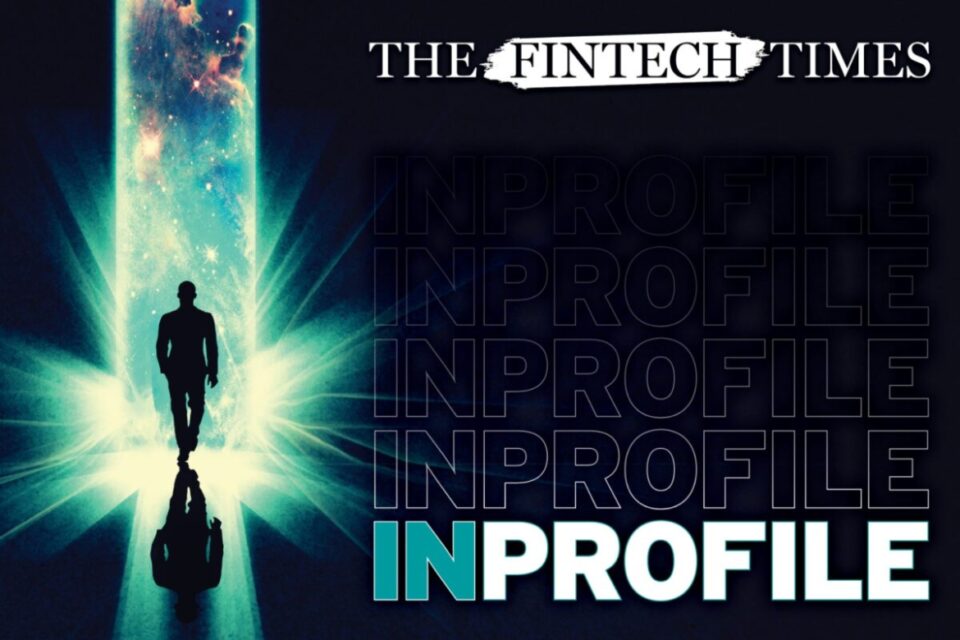While the open banking scene has blossomed and enabled many, both consumers and financial institutions alike, to prosper, there is still a long way to go in its development. It is far from a finished product. Companies all over the world have seen a gap in the market, helping make open banking, and in turn open finance, more mainstream. One company doing this in the MEA region is Tarabut Gateway.
Tarabut Gateway (TG) launched in 2017, with the overarching goal of bringing financial services in the MENA region into the 21st century. Traditional financial institutions are still offering products and services with a one size fits all model in a world where we have endless amounts of data and insights to offer customers a better experience. That’s what we want to do – make financial services a more personal and tailored experience for a customer through open banking.

TG is an open banking platform that offers the tools that allow for easier creation and distribution of personalised financial services. It is MENA’s first and largest regulated open banking platform that connects a regional network of banks and fintechs via a universal application programming interface (API). As a result of its services, banks and fintechs are enabled to build the future of financial services across the MENA region.
Abdulla Almoayed, CEO and founder of the company believes this is massively exciting because, through close collaboration with banks and fintechs, open banking will finally give everyone all a choice on the type of financial information shared, and with whom, ultimately driving innovative products and experiences for both businesses and consumers.
What problems are you solving?
- Consumers
We’re giving back control to the consumer. In the traditional model, banking systems hold the most valuable and personalised data about consumers but through open banking, we can give consumers back the ownership of their data and ensure financial services providers are offering consumers the right products for their individual requirements.
They will also be able to complete transactions faster and manage their financial lives like never before.
Open banking addresses the customer experience gap through leveraging financial data, with user consent, to build personalised products and services for the customers.
- Banks
Additionally, banks can benefit from open banking by delivering valuable services and products to customers, helping with enhancing customer experience and. This would lead to a higher rate of acquisition while increasing retention rates. At the same time, banks can also benefit from building new revenue streams.
- Fintechs
Fintechs need open banking APIs to test their products and solutions. This can assist the fintechs to provide their products and services to a wider audience to scale and grow. Open banking also helps provide the necessary infrastructure for fintech to connect with banks, for collaboration opportunities to develop new products and services with faster market delivery.
Across the MENA region, fintech innovation is stimulating the development of financial services products that go far beyond the applications of traditional banking models. Open Banking allows fast, secure, and simple access to financial data and there are limitless opportunities for product and services development to meet consumer demand.
- Businesses and Merchants
Finally, businesses and merchants can also benefit from open banking by improving their bottom line, avoiding long settlement periods and getting instant access to funds.
Why are personalised financial solutions key to the industry?
As technological advancements and industry shifts continue to influence consumer demands, consumer expectations have changed and has led to an increased demand for personalised products and services.
The financial services industry is lagging in this respect. How consumers deal with their finances is a very personal matter, and no two people have the same concern. If the likes of Netflix, Amazon and Uber can offer their consumers a personalised journey every step of the way then why can’t we? It sounds so simple, but it can truly change lives.
Open Banking can do this for the financial services sector. Users can gain greater access to their financials, make secure and swift payments, manage multiple accounts such as deposit accounts, credit cards, and loans, and be able to do all that on one preferred platform of their choice. It’s a game changer.
As for the service providers, they can benefit from increased engagement on their platforms, higher conversion rates, and be able to improve their customer retention.
Is collaboration between banks and fintechs important to the industry? Why?
Collaboration is key for open banking to succeed, and we have seen this relationship evolve over the years. The rise of start-up fintechs vastly increased opportunities for banks to retain customers through innovative products and services.
Especially when fintechs are in their startup phase, from collaborative partnerships, fintechs can enjoy the benefits stemming from open banking infrastructure.
Partnerships between banks and fintechs enable both parties to benefit from the industry’s capabilities on a larger scale, so to say every aspect across transaction banking. Collaborations also make customer integrations roll out faster, as efficiency is driven across the supply chain.
How important was regulation to Tarabut Gateway, was it a difficult process?
Different markets across the MENA region have approached open banking differently. Some were regulatory driven, and others were market driven. For instance, the MENA region has taken the regulatory approach, with forward thinking and progressive regulatory entities that were pro-innovation and understood the significance that open banking plays to build and the open API economy.
Many conversations have been had with industry stakeholders to make open banking a reality, but nonetheless, the support was there. This has aided us in development and to navigate regulatory processes. As a result of the support received from the Central Bank of Bahrain, we were the first graduate of its regulatory sandbox making us the first licensed open banking platform in the region and the first to bring live-use cases of Account Information (AIS) and Payments (PIS). This was key to enable us to deliver on our open banking products and our growth into wider areas in the MENA region.
What are the current trends in open banking at the moment?
With open banking, use-cases develop on the daily. There’s a lot of versatility in what open banking is capable of doing. One prominent trend is the adoption and growth of open banking payments, this is likely due to the realisation of it being a better payment option than traditional payment systems. Some of the benefits enterprises can enjoy including reduction of cost and a reduced risk of fraud. Open banking is setting into motion a new age of how companies and individuals interact with their financial institutions.
“Buy now pay later” (BNPL) is trending from a customer perspective, as it allows for a frictionless customer experience. For example, we’ve seen more and more online retailers making this function available at check out, granting customers the opportunity to purchase a product, without funds being deducted immediately.
In terms of Save Now Pay Later (SNPL) use-cases, it can be done at best when leveraging the full capacity of open banking. Through leveraging user financial data (at user’s consent), trends among user behaviour can be unpacked, to then provide the relevant products and services according to their needs. The key is always to protect customer spending habits, whilst enabling them to get the most out of their banking experience.
Do these trends differ in MENA to the rest of the world?
While certain markets have advanced much further than MENA when it comes to open banking, we can see the many live use-cases out there. However, MENA has an opportunity to leapfrog and learn from the experiences of other markets, to assist in the further development of open banking services across the MENA region. With the regulatory progression in place, we will be seeing many more use-cases of open banking adopted very soon.
Use-cases are evolving in the MENA region, we saw the first AIS (Account Information) use-cases and now we’re seeing Payments getting picked up too (PIS). We also enabled the region’s first telco and OB payments between TG and Zain Bahrain.
What’s next in open banking?
Specifically in the MENA region, with regulation progress, we will be seeing many more live use-cases. More broadly, Open banking is the stepping-stone for open finance and helps prepare for the new open API economy. Open finance represents the next step in the journey to improve the interaction of consumers with the financial services ecosystem. It involves extending open banking-like data sharing and third-party access to more data sources from a wider range of products that go beyond the banking sector. It’s more than likely that open finance will be integrated across all industries and not just financial services. Health, transportation, insurance, telecommunication sectors, to name a few, will be able to benefit from open finance.
What are the challenges involved with open banking?
To date, the most challenging aspect in the MENA region has been the lack of standardised regulation within the industry. Ideally, it would require all regulators across all jurisdictions to collectively establish a unified regulatory framework and to enable the passporting of licenses. Thankfully, progress is already being made on this front as open banking practices are becoming more widely acknowledged and accepted.
Final thoughts?
We’re just getting started and there is a lot more to come. We’ll witness open banking take off and once it does, it will drive increased collaboration and financial literacy across the MENA region.
As industry-specific technology keeps evolving and the open finance sector unlocks new potential, we’ll see a growing number of consumers and companies alike switch over from a traditional finance system to leverage the benefits of open banking.
Open banking is making promising strides within the MENA region, with plans to launch open banking – full scale – in motion. KSA is in its first phase of open banking implementation. Through its open banking policy, they launched last year. UAE is also fast on their tracks. Oman just recently launched their open API strategy. We expect this to pick up in markets like Egypt and Pakistan as well.




